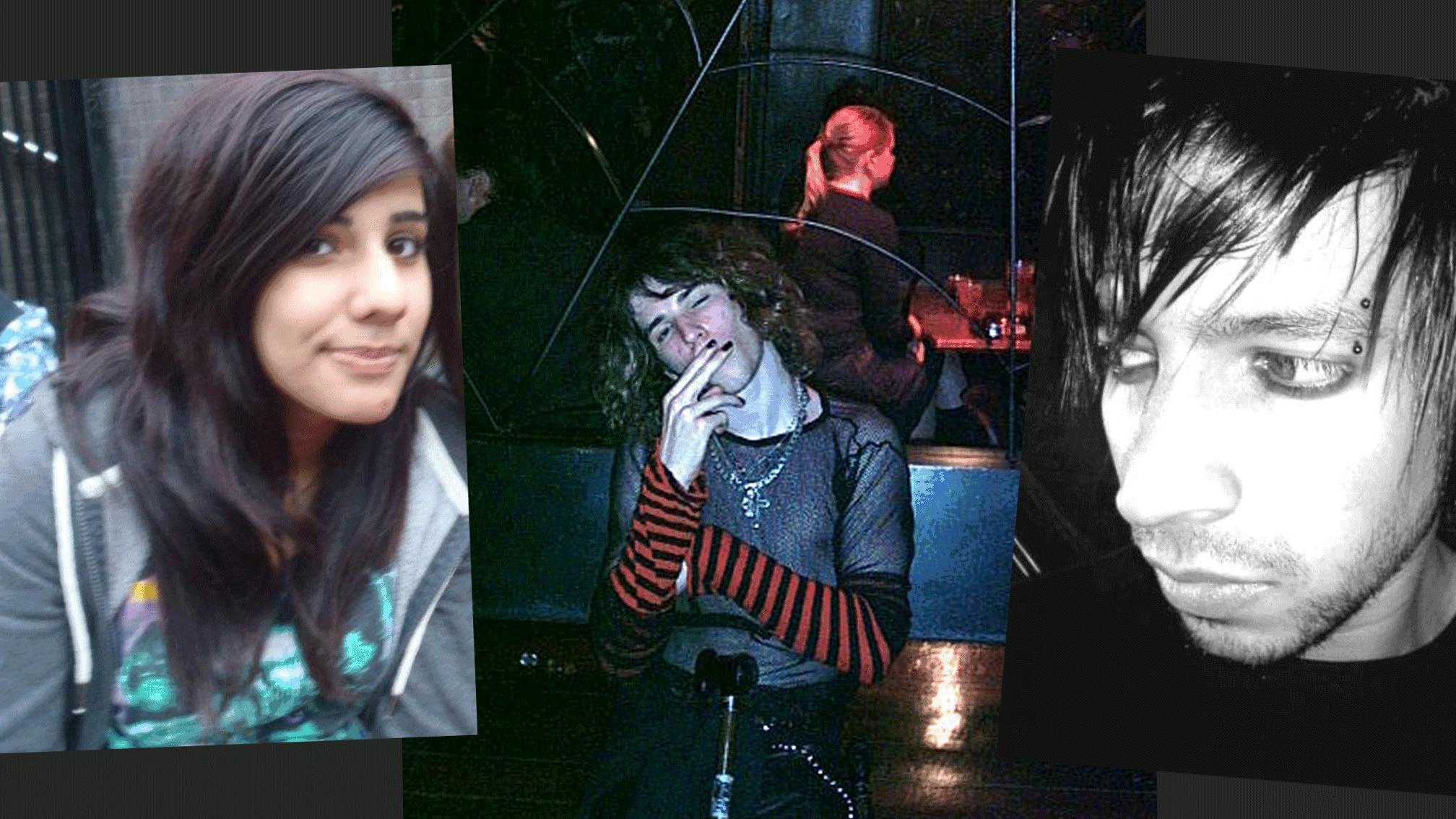The lack of understanding for emo and goth cultures is no excuse for violence, though. We can never forget the legacy left behind by Sophie Lancaster. Her story will always remain an important reminder as to why our school systems need to iron out hatred against any kind of alternative identity.
“‘Greebo’ was a common thing to have shouted at you in corridors, sometimes by people you’d never even met,” Lauren says. “‘Barcode’ and ‘show us your wrists’ were also popular ones, [referencing self-harm] which I just think is so vile, especially because at the time I was struggling with my mental health.”
No matter the judgement we have faced, and continue to face, one thing has always been certain: growing up as an emo or goth was an experience like no other.
“I was welcomed into the rock and goth [night]clubs,” Dom fondly recalls. As someone with Cerebral Palsy who grew up using the aid of walking sticks, he says he found a sense of belonging in alternative spaces: “That community helped me to find out who I was. I found out I could dance with my sticks, that I could make lots of friends; then I got a girlfriend [and] was like, ‘Holy shit, I can do anything!’ These were things that people either thought I couldn't do, or actively told me that I would never do at the time.” Dom now works as a music journalist and counsellor, supporting those in the music industry and those with Cerebral Palsy.
“I loved the community,” Lauren continues. “I know it’s got its issues but there was just something magical about being out in public and seeing another group of emo kids. There’s that instant connection like, ‘Oh, you’re safe, you’re like me.’”
Jasleen feels exactly the same way. “I just loved how unapologetically obsessed we were with the bands and culture we loved. There was something really tribal about it.
“I still identify as an emo,” they add. “I always tell people: once an emo, always an emo!”
We couldn’t agree more. It was never a phase, mum…
